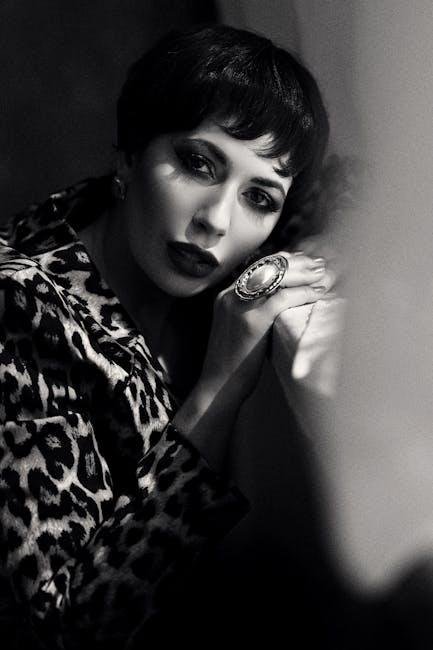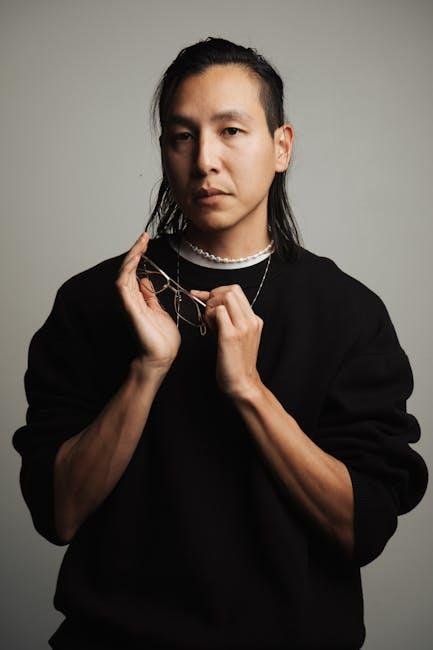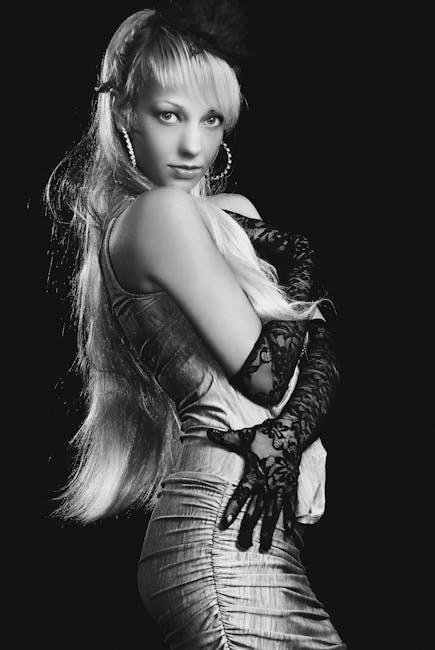In the dazzling world of fashion, two terms often shine brightly yet distinctly: couture and ready-to-wear. Both embody the artistry and innovation of designers, yet they cater to different realms of the sartorial spectrum. Couture, with its bespoke elegance and meticulous craftsmanship, offers a glimpse into the pinnacle of haute fashion, where garments are tailored to the individual client’s specifications. in contrast, ready-to-wear serves as a more accessible line, designed for the fashion-forward consumer who seeks style without the wait or custom price tag. But what lies beneath these two categories? What truly separates these modes of apparel beyond their labels? In this exploration, we will delve into the nuances that define couture and ready-to-wear, unraveling their histories, processes, and the roles they play in the ever-evolving tapestry of the fashion industry. Join us as we navigate the intricate landscape of style, revealing not just the differences but also the profound connections that bind these two interesting worlds.
Understanding the Foundations of couture and Ready-to-Wear
Couture fashion is the pinnacle of luxury and craftsmanship, often characterized by its customization and intricate detailing. It is designed for individual clients, making each piece unique to the wearer. The tedious process involves skilled artisans who dedicate hours to handcraft garments with exquisite fabrics, ensuring the perfect fit and unmatched quality. As an inevitable result, the costs associated with haute couture can be astronomical. Couture collections typically showcase the designer’s vision and creativity, often making their debut during exclusive fashion weeks in cities like Paris and Milan.
On the other hand, ready-to-wear (RTW) collections bridge the gap between high fashion and everyday wear. These garments are manufactured in standard sizes and made available in stores, allowing a broader audience to access designer styles. While still maintaining artistry,RTW focuses more on wearability and commercial viability,appealing to a more practical consumer base. key differences include:
- Production Scale: Couture is bespoke; RTW is mass-produced.
- Pricing: Couture items demand higher prices due to bespoke craftsmanship; RTW is more accessible.
- Availability: couture is limited and exclusive; RTW can be found in numerous retail locations.
- Fit and Alteration: Couture is tailored to the wearer; RTW may need modifications.

Exploring Design Philosophy and Craftsmanship in Fashion
At the apex of the fashion hierarchy lies couture, a realm where design philosophy intertwines seamlessly with meticulous craftsmanship. Couture pieces are not just garments; they are expressions of art, embodying the unique vision of the designer. every stitch is a testament to skilled hands working tirelessly to bring a concept to life, frequently enough taking hundreds of hours to create one intricate piece. Here, the attire is custom-fitted to the wearer, allowing for an unparalleled personal touch that refuses to be replicated. In essence, the uniqueness comes not only from the aesthetic appeal but also from the exclusivity that couture embodies. Each piece is often a limited edition, meticulously crafted to celebrate individuality, which is something that is increasingly rare in today’s fashion landscape.
In contrast, ready-to-wear collections cater to a broader audience, balancing design ingenuity with practicality. These garments, while frequently enough featuring striking designs and quality materials, are produced in larger quantities, typically in standardized sizes to appeal to the mass market. This approach introduces a different kind of artistry—one that thrives on functionality without sacrificing style. Though, the production process is more mechanized, which means the distinctive touch of craftsmanship can sometimes be overshadowed by the demands of volume. Yet, ready-to-wear still manages to channel innovative fashion through seasonal collections, allowing designers to experiment and push boundaries, thus bringing design philosophy to diverse consumers who seek both aesthetic and accessibility.
| Couture | Ready-to-Wear |
|---|---|
| Customized for individual clients | Standardized sizes for mass appeal |
| Intricate, hand-stitched details | Designed for function and wearability |
| Typically takes hundreds of hours to create | Produced in larger quantities |
| Exclusive and often very expensive | More accessible to a wider audience |

Pricing Dynamics: What Quality and Exclusivity Mean for Consumers
When consumers engage with the fashion market, their perceptions of value and prestige heavily influence their purchasing decisions. In the realm of couture, the emphasis lies on handmade craftsmanship, unique designs, and the finest materials. This exclusivity not only defines couture garments but also creates a sense of identity and belonging among those who wear them. The allure of possessing a piece that is literally one-of-a-kind elevates its desirability, frequently enough resulting in a price point that reflects its bespoke nature. Conversely,ready-to-wear lines cater to a broader audience,providing accessible fashion at a range of price points,enabling consumers to make statements without necessarily breaking the bank.
The contrasting pricing dynamics can be summarized as follows:
- Couture: High price due to exclusivity and craftsmanship.
- Ready-to-Wear: Moderately priced, produced in larger quantities.
- Perceived Value: Couture carries a status symbol that ready-to-wear may lack.
- Trend Adaptation: Ready-to-wear quickly responds to fashion trends, while couture often leads them.
| Aspect | Couture | Ready-to-Wear |
|---|---|---|
| Production | Handmade, limited edition | Mass-produced |
| Price Range | High-end | affordable to mid-range |
| Availability | Exclusive boutiques | Widespread retail chains |
| Customization | Made-to-measure | Standard sizes |

Styling Tips: How to Integrate Couture and Ready-to-Wear into Your Wardrobe
Blending couture and ready-to-wear pieces in your wardrobe can create a unique style that reflects your individuality. When integrating these two worlds, consider layering statement couture items with everyday basics.Such as, pairing a meticulously tailored couture blazer with a simple t-shirt and jeans instantly elevates your look.Look for versatile pieces that can transition from day to night and allow for creative styling options. Don’t shy away from mixing textures and patterns; a chic couture skirt can be wonderfully contrasted with a casual graphic tee or a classic denim jacket.
To further enhance your wardrobe,focus on accessories that bridge the gap between high fashion and practicality. Here are a few suggestions:
- Statement Bags: Opt for couture handbags that can dress up a casual outfit.
- Refined Footwear: Invest in a pair of couture heels that can elevate your look,even when worn with basic attire.
- Layering Jewelry: Mix couture jewelry with your everyday pieces for an eclectic vibe.
With the right approach, you can create a harmonious balance that showcases both elegance and ease, allowing couture to be accessible without losing its luxurious charm.
Final Thoughts
In the intricate tapestry of fashion,the distinction between couture and ready-to-wear embodies more than just a difference in production; it serves as a reflection of artistry,accessibility,and individual expression. Couture stands as a testament to visionary craftsmanship and personal tailoring, where textiles become canvases for a designer’s creativity. In contrast,ready-to-wear democratizes that artistry,making it available for those who seek style without sacrificing practicality.
As we navigate through the seemingly blurred lines between these two realms, it becomes evident that each has its own unique value, catering to diverse preferences and lifestyles.Whether you’re drawn to the exclusive allure of bespoke pieces or the everyday elegance of ready-to-wear collections,both avenues enrich the fashion world in their own right.
the real difference lies not just in fabrics or price tags,but in the stories they tell and the identities they help us craft. So, as you browse the bustling boutiques or wander the opulent runways, remember that the essence of fashion is not confined to its categories, but rather thrives in the vibrant expressions of those who wear it.Embrace your personal style, and let it flourish in whatever form it takes—be it custom-made artistry or ready-to-wear wonders. After all, in the world of fashion, what truly matters is the confidence and joy that come with every choice.



